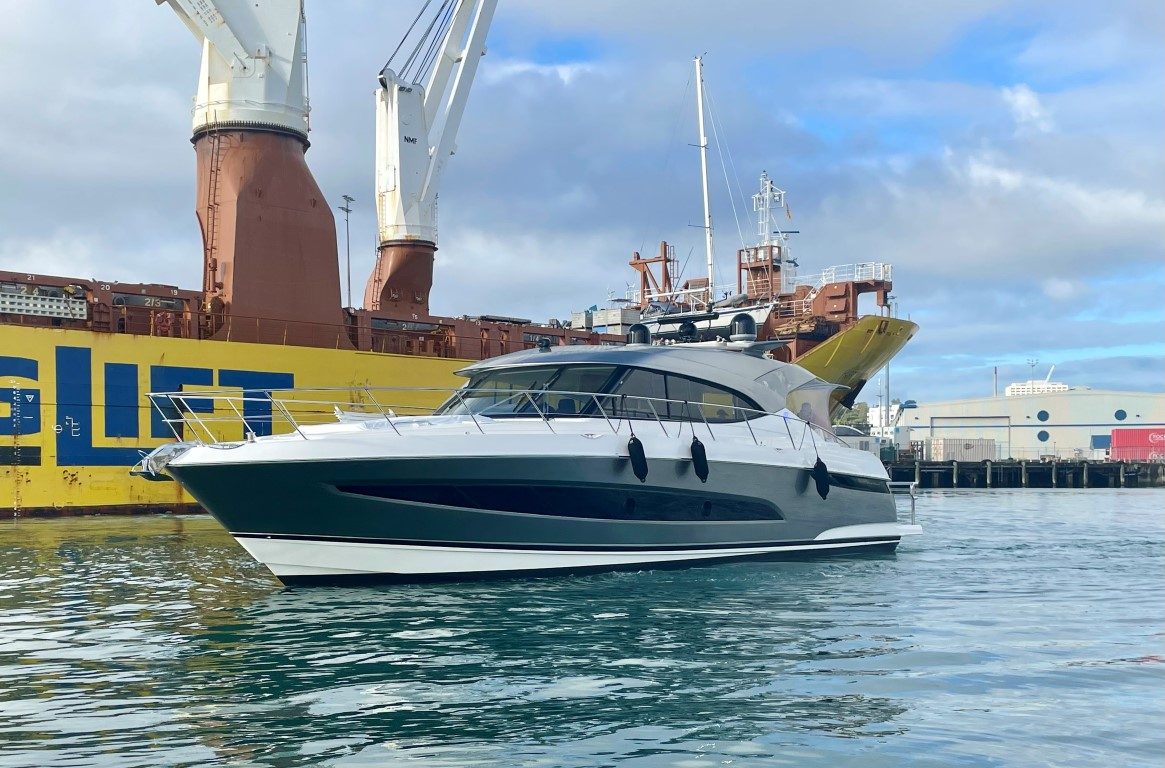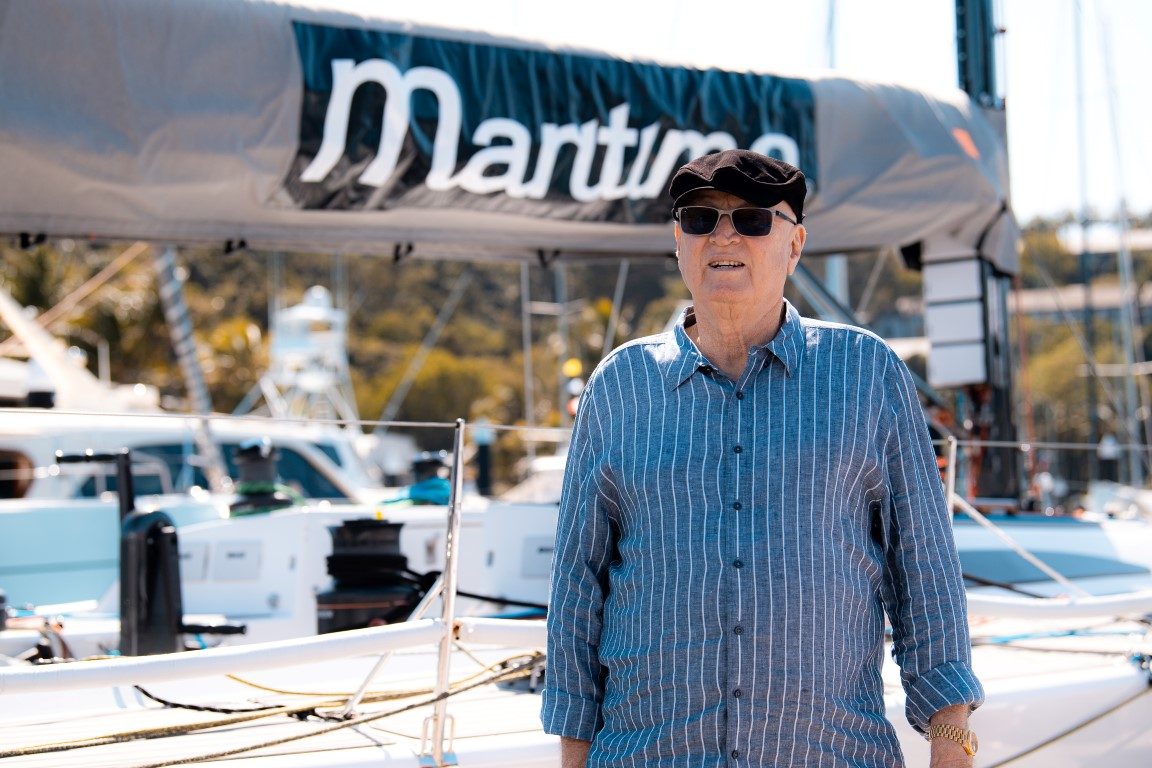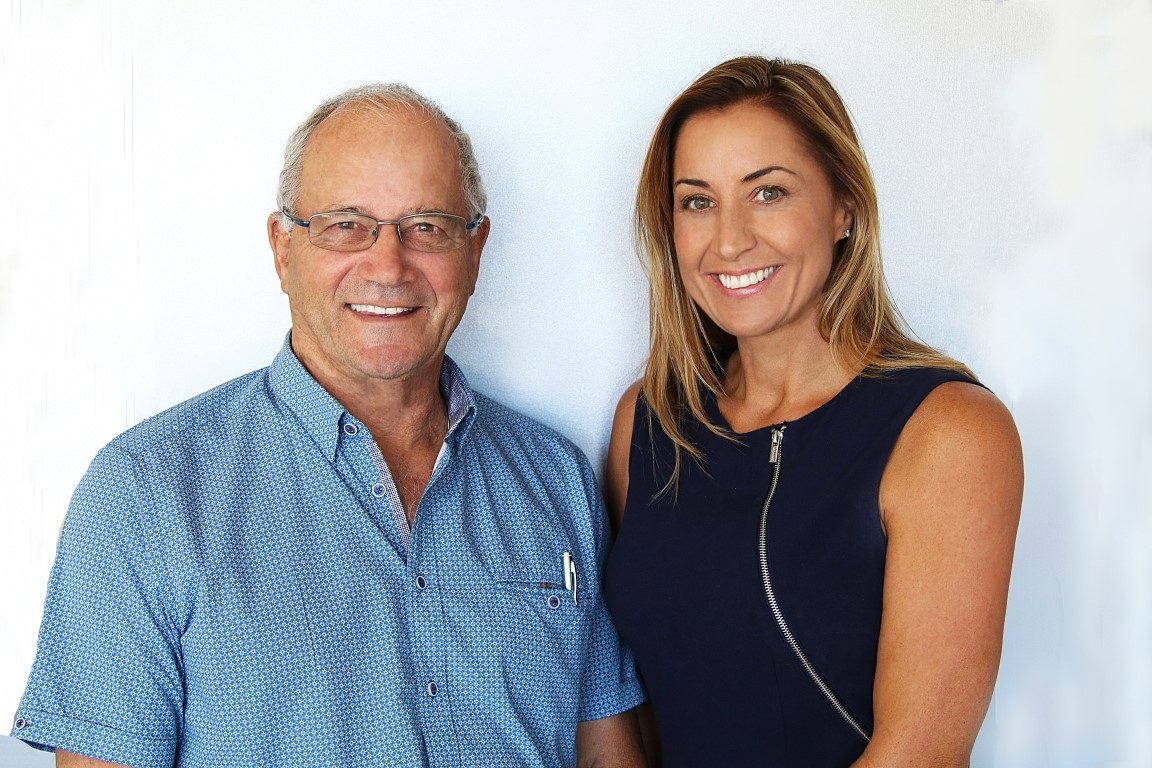

A new collaboration between Raymarine and Hyundai’s Avikus subsidiary aims to bring self-driving boats one step closer to reality.
If there’s one thing social media has accomplished in this world, it’s exposing people to new ideas they would have never encountered before. That’s definitely true where boating is concerned, as evidenced by the sheer numbers of young families buying boats in recent years. Many of these people say they got the boat bug from watching their Facebook and TikTok friends out having fun on the water.
While loads of people have jumped onboard and bought boats over the last few years, many more have stopped short of pulling the trigger, and it turns out that hesitation is most often based on fear. Studies all around the world have come to reveal that the number-one reason people don’t buy boats is because they’re afraid – they’re worried about having to operate the boat in confined spaces and messing up like people they’ve seen online in those “Top Boating Fails” videos.
Worst of all is the fear of returning the boat back to the dock.
But fear of having to drive the boat could soon become a thing of the past. South Korean manufacturing conglomerate HD Hyundai recently launched an all-new subsidiary called Avikus that’s developing a fully autonomous, self-driving navigation system for pleasure boats. This isn’t some pipe dream that could happen one day in the distant future – they have a working system right now, and they’ve partnered with Raymarine to bring it to market.
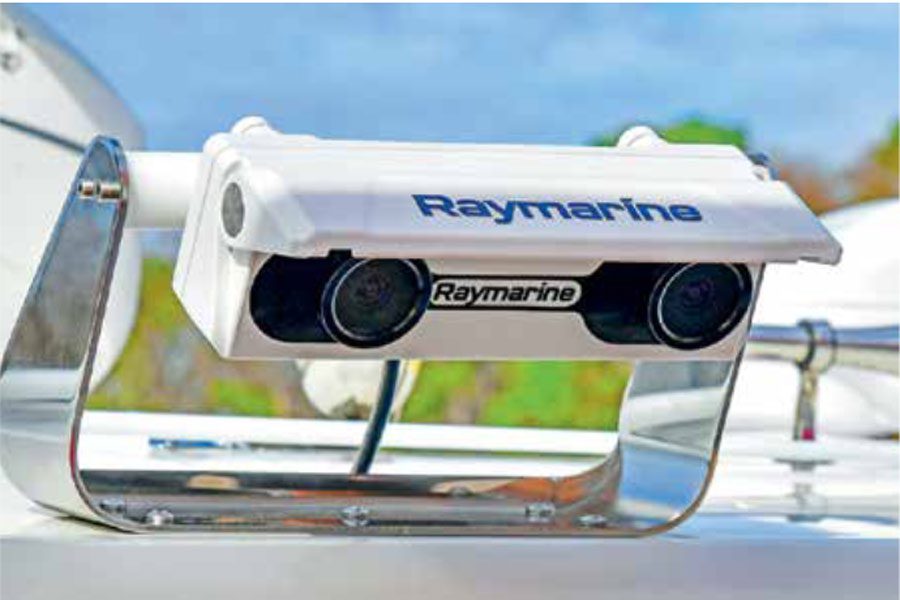
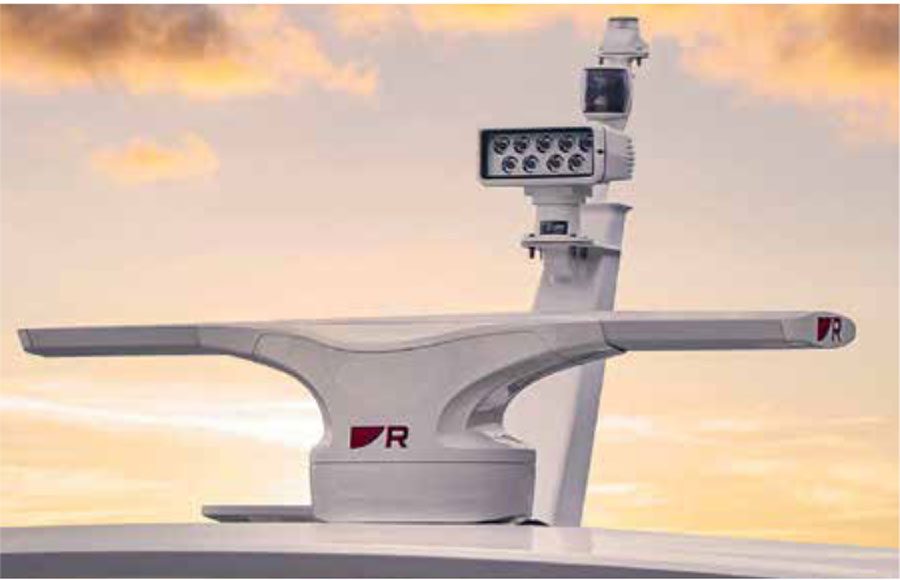
COMMERCIAL SHIPPING ROOTS
The Avikus NeuBoat navigation platform has its roots in Hyundai’s commercial shipping business, since the ability to reduce both crew requirements and fuel consumption through computerised navigation has huge appeal for global shippers.
The system NeuBoat is based on got its first real test in June of 2022, when the liquid natural gas tanker Prism Courage completed the world’s first trans-oceanic autonomous navigation using the Avikus self-driving system. The 299m vessel departed Texas, navigated across the Gulf of Mexico, through the Panama Canal, and across the Pacific to Korea under the direct control of the autonomous navigation system, sailing by itself for nearly 12,000 kilometres. In the course of its month-long ocean crossing, the system continually determined optimal course inputs to result in a 7% fuel savings, and a 5% reduction in greenhouse gas emissions. Further, it made more than 100 course corrections enroute to avoid other traffic.
The Avikus platform works by combining cameras, GPS and Lidar to assess on-water situations in real-time and without human intervention through deep learning and sensor fusion algorithms. Organised as navigation assistant systems (NAS) and docking assistant systems (DAS), the technology enables logical, intuitive operation to make life easier for boaters with little or no experience at the helm.
The NAS element creates routes for fully autonomous navigation, allowing boaters to enjoy their time on the water without having to actually operate the vessel or understand the meaning of buoys, markers and other navigational aids. The DAS technology takes over at the harbour, allowing a boat to dock itself using a 3D surround view system while automatically compensating for current, tides, and even the effect of wakes from passing boats.
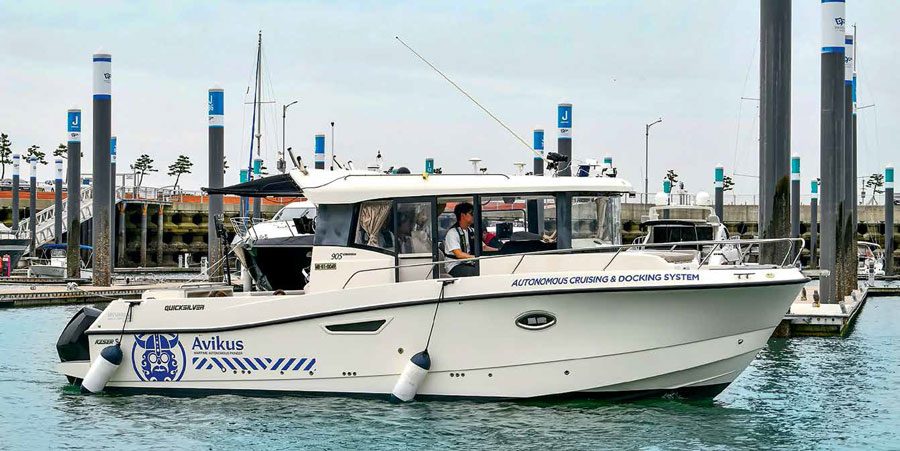

Prior to unveiling the system to the public, Avikus successfully tested the platform with a fully autonomous navigation of the 10-kilometre Pohang Canal in Pohang City, Korea. The waterway, with an average width of just over 10m, is known as a complex and challenging navigational environment with heavy vessel traffic and congested ports.
On-water demonstrations in October at the Fort Lauderdale in the US allowed marine industry journalists to hop onboard the company’s test boat and go for a ride through the heavily-congested harbour, with the automated system commanding the helm.
But what really got the journos buzzing was the announcement midway through the show that Avikus had signed a Memorandum of Understanding (MoU) with Raymarine that would see the two firms collaborate to integrate the Avikus NeuBoat platform into Raymarine’s suite of navigational products, and jointly explore future autonomous platform development.
“This MoU is groundbreaking as it will result in future boaters being able to have all their navigational equipment from Raymarine combined with Avikus NeuBoat, the next generation autonomous navigation system,” said Avikus CEO, Do-hyeong Lim. “No other technology has changed the boating experience the way NeuBoat will. Boating on the open water is often seen as the ultimate experience of freedom, but what kind of freedom is it when you must constantly worry about collisions, safety and navigation? With NeuBoat you can experience the true freedom of the open sea on your own terms.”
For its part, Raymarine was equally positive about the collaboration to develop the Avikus platform further, and particularly through the potential integration of radar and its Lighthouse cartography.
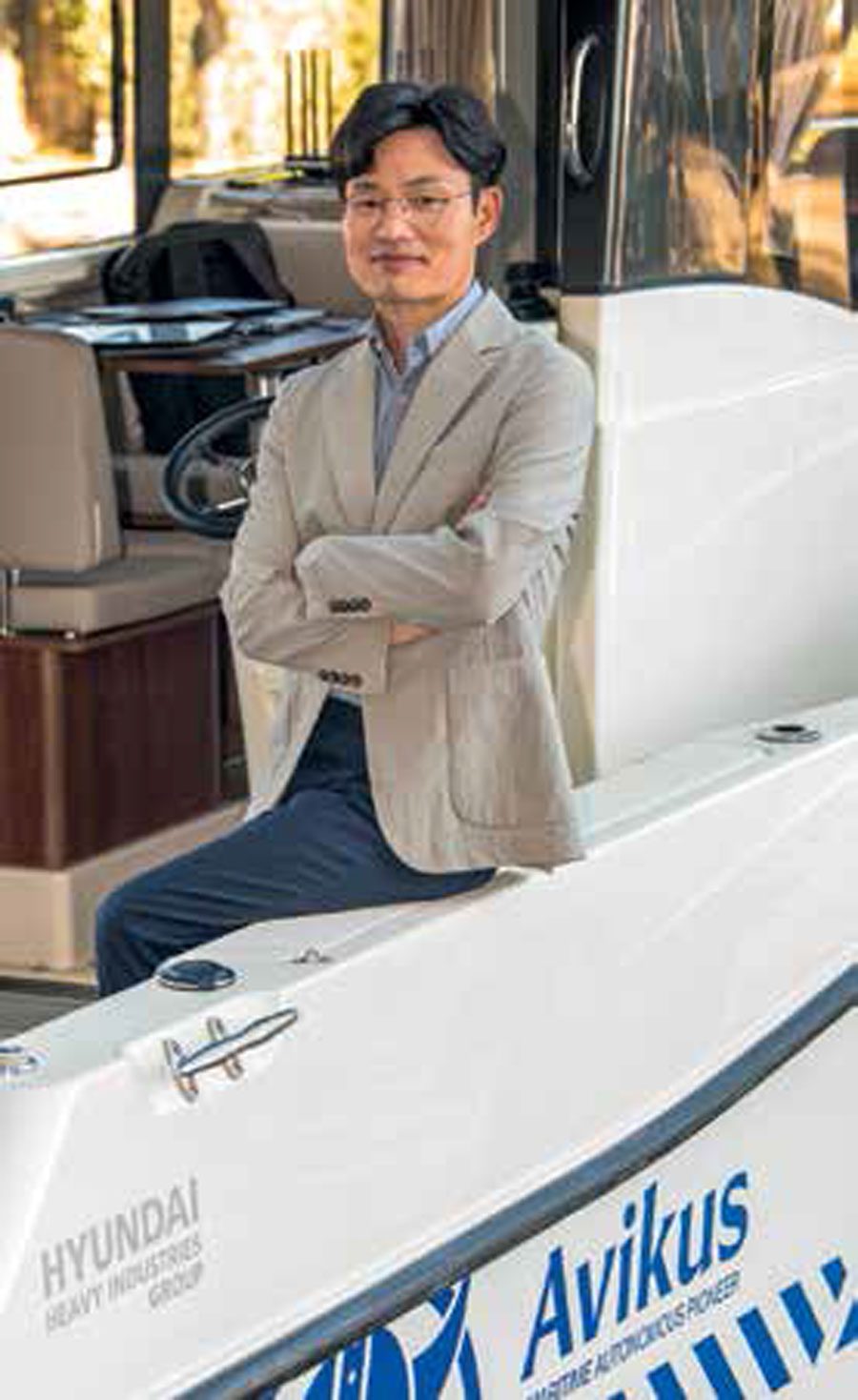
“Raymarine strives to provide the most innovative, user-friendly and reliable electronics to make boating accessible and safe for everyone,” said Raymarine general manager, Gregoire Outters. “With Avikus’ proven solution in autonomous commercial marine, the signing of this MoU will pave the way for our engineers to work closely together, to deliver this exciting new technology to our leisure boat customers.”
Outters says the collaboration between the two firms represents a true partnership, with both companies contributing considerable IP to the venture. “We are in the very early stages of our partnership with Avikus, and we are exploring ways that we can work together,” he said. ”Radar is an obvious solution to extend the limited range of the lidar sensor used within the system. Raymarine also offers precision heading sensors which are critical to the system. As part of the Teledyne Technology family, we are also able to supply a wide offering of visible and thermal imaging cameras. Our YachtSense Link 4G marine router can provide a method of connecting remotely to the vessel. We have the critical technologies to develop and improve autonomy, including some of the best sensors within Raymarine and Teledyne: radars, cameras, sonars, autopilots, and AIS.”
As the two firms work together to develop a fully autonomous system for the leisure marine market, questions will need to be answered around the commercialisation of the product. Will the NeuBoat technology be sold pre-loaded onto Raymarine hardware, or be offered on a subscription basis? Is this something that will only come on new boats. Or will it be available on the aftermarket? And as the system evolves further, what are the implications for insurance, or COLREGs?
The next few years promise to be very interesting indeed. Removing barriers like fear of navigation and docking will prove key to growing boating in the future, and especially if the boat industry wants to expand beyond its existing customer base and attract new participants who have never had a boat in the family before. BNZ

